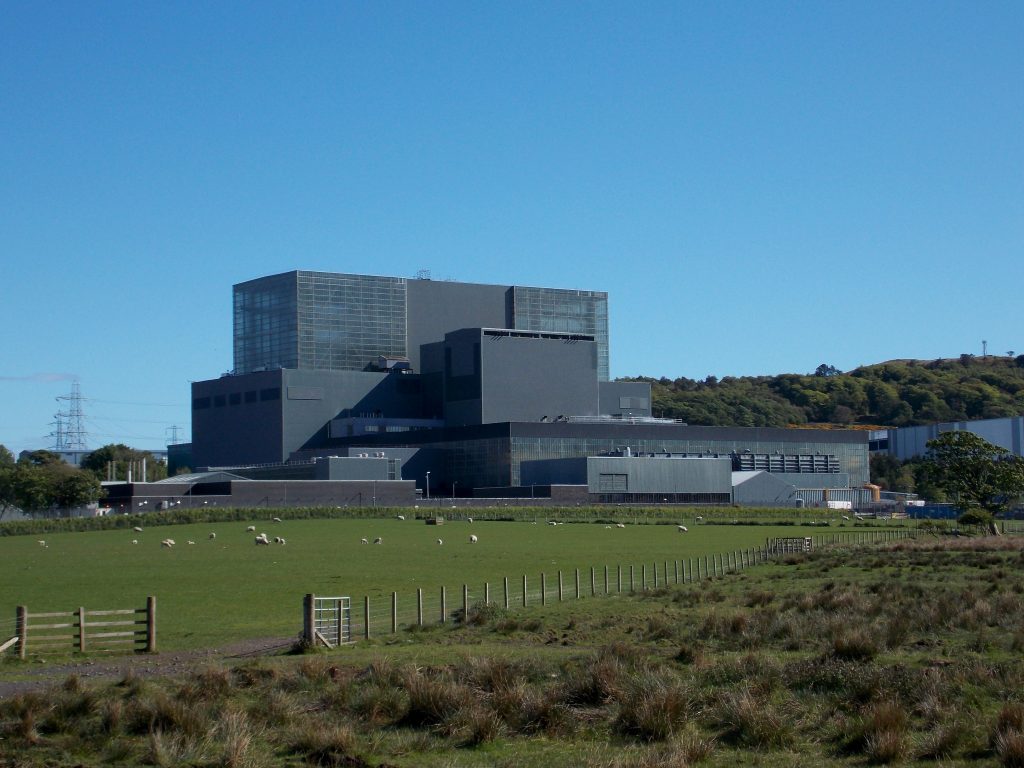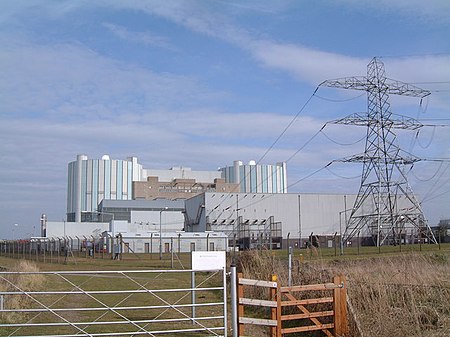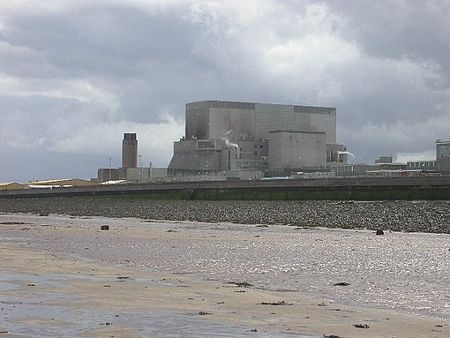Table of Contents
What is Decommissioning?
Decommissioning is the final phase of a nuclear site’s lifecycle; it is the process of returning the site of a nuclear power plant to an agreed end-state for some form of re-use. This includes removing all fuel, taking down the plant and facilities and restoring the site. In some instances, the facility may not be completely dismantled, and the existing structures could be put to another use.
In terms of the responsibilities: NRS (Nuclear Restoration Services) is responsible for the decommissioning of the UK’s legacy sites, along with Sellafield decommissioning the Sellafield site in addition to storage of waste.
Additionally, every nuclear site functions under a site license which is overseen by the Office for Nuclear Regulation (ONR). Within the license conditions, there is a requirement for the site owner to proactively plan for decommissioning at the end of the site’s life – this is Licence Condition 35 of 36. Additionally, the majority of activities involved in decommissioning are environmental restoration, so they are driven by environmental regulations.
The goal of decommissioning is to ensure long-term protection of the public and the environment, including reducing the levels of radionuclides in the facilities and materials onsite, so they can be safely recycled, reused, or disposed of safely.
The Process
Post-operation, there is a transition phase where the site is prepared for decommissioning. There are around 300 fuel channels in each reactor, all of which need to be emptied carefully and removed from the facility. A fuelling machine removes the fuel assembly from a channel and each fuelling element is moved to a cooling pond for a minimum of 90 days.
Once cooled, the fuel is packaged in a flask and is transported for further cooling until it can be safely disposed of.
Following the transition phase, the site is decontaminated (contamination removed from surfaces) and then prepared for the removal of residual radioactive waste and other redundant facilities prior to final dismantling.
The reactor building is left for a safe and passive period. Following this, the facility can be dismantled, and depending on planned end state, demolished.
Remediation may also be required to manage areas of contaminated soil or groundwater to protect people and the environment during the next use of the site.
Decommissioning Case Studies
Hunterston B

- Hunterston B is a nuclear site found in North Ayrshire and began generating low carbon electricity in 1976
- On January 7th, 2022, Hunterston B finished generation and commenced defueling.
- Over it's lifetime, this site has produced enough low carbon electricity to every home in Scotland for 31 years.
- The carbon emissions avoided from its production, compared to gas, is equivalent to removing every car from Scotland for 19 years!
Oldbury

- Oldbury Power Station was a twin nuclear reactor and was the world's oldest operating reactor, having enetered service in 1967.
- Oldbury was decomissioned in 2012. It was origionally planned to be decomissioned in 2008 however, Reactor Two's lifetime was extended two and a half years.
- Over it's lifetime, this site produced 137.5TWh of electricity.
- The electricity output over it's lifetime was equivalent to powering the 2012 Olympics in London for over 3800 years!
Hinkley Point B

- Hinkley Point B is a nuclear site found in Somerset, and also began low carbon electricity generation in 1976.
- Generation at Hinkley Point B ended in August 2022.
- Since 1976, this site safely produced more than 300TWh of power, which is equivalent to the requirements of every UK home for 3 years!
Explore Further
Choose from the articles below to continue learning about nuclear.
Nuclear Cooling Tower – An Icon of Nuclear Energy
Lifecycle stages of a Nuclear Power Plant
What does a nuclear power station look like?
Did you know? Explore Nuclear also offers great careers information and learning resources.
Below you can find references to the information and images used on this page.
Content References
Image References
- Hunterston Image by Jonathon Champton is licensed under CC BY-SA 3.0
- Oldbury Image by David Bowd-Exworth is licensed under CC BY-SA 2.0
- Hinkley B Image by Robin Somes is licensed under CC BY-SA 2.0
- HWCTR Decommissioning 1 – ENERGY.GOV – Public Domain
- HWCTR Decommissioning 2 – ENERGY.GOV – Public Domain
- HWCTR steam generator – ENERGY.GOV – Public Domain
